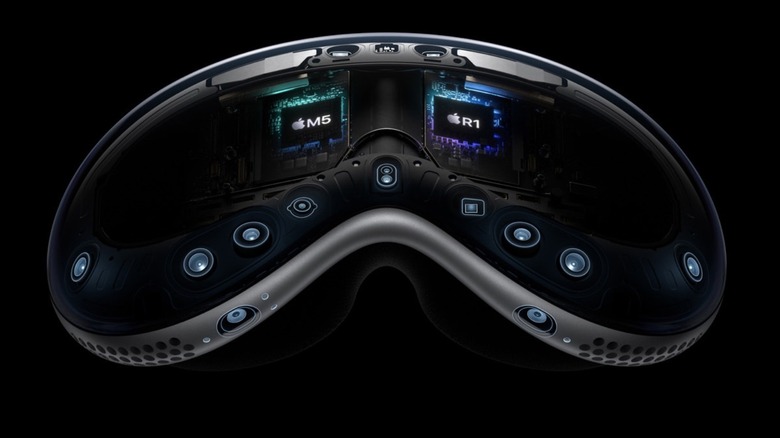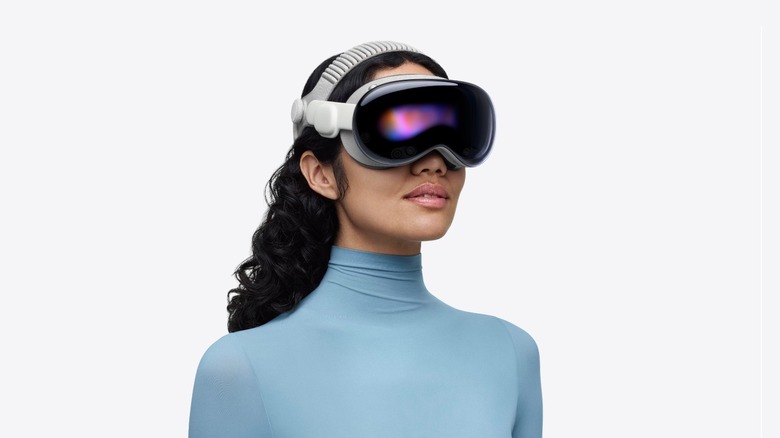Who Is The New Apple Vision Pro With M5 Chip Really For?
Close to two years after Apple released the first-gen Apple Vision Pro with an M2 chip, the company has finally announced a revised version of the mixed reality headset with the new M5 chip. Without addressing the issues with the first-gen model, it's unclear who the company is targeting with the new Vision Pro. Social media posts may suggest that Apple is focusing on enterprise users, and that most average customers don't understand the value of this spatial computer yet.
However, with reports suggesting that the company has halted the development of an all-new variant of the Apple Vision Pro and possibly that of the new Apple Vision Air in favor of the long-rumored Apple smart glasses, it's only natural to assume that Apple had a lot of unsold Vision Pros in stock, so it made sense to refresh them with a new chipset. The M5 Apple Vision Pro almost looks like the USB-C AirPods Max update – so subtle that barely anyone would notice.
The M5 Apple Vision Pro has a few perks, but the price point is off-putting
The M5 chip definitely makes the Apple Vision Pro faster and more future-proof. For example, capturing a Persona or transforming photos into spatial scenes is said to be 50% faster. In addition, this device is twice as fast when working with third-party apps compared to the previous generation. Apple says the new chip helps the spatial computer render 10% more pixels on its custom micro-OLED display, and the screen can now be refreshed at up to 120Hz — up from 100Hz on the first-gen model. The battery life has increased slightly, with the headset now lasting up to three hours. Even though the device has gotten heavier, the new dual-knit band offers a more comfortable fit.
What's interesting about this band is that Apple avoided the design language initially due to its appearance. But seeing users embrace similar third-party solutions gave the company some reassurance. At the same $3,499 starting price, the M5 Apple Vision Pro isn't aimed at those who bought the first-generation model. Nor is it for those who didn't buy the original. Despite its immersive experience, it remains too expensive and heavy for regular users, and developers still aren't fully on board. visionOS 26 might offer a glimpse of the future of AR glasses, but the era of spatial computing still feels out of reach.

